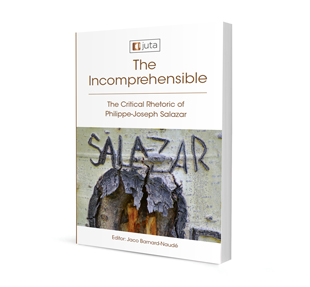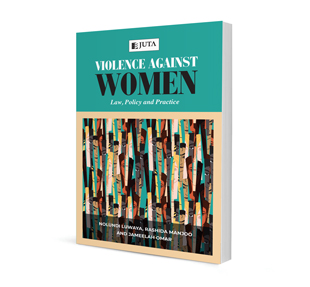The ongoing necessity of suffrage rhetorics (or ‘suffragism’): On the centennial of the Nineteenth Amendment to the US Constitution

The ongoing necessity of suffrage rhetorics (or ‘suffragism’): On the centennial of the Nineteenth Amendment to the US Constitution
Authors Cheryl Glenn & Jessica Enoch
ISSN: 1996-2088
Affiliations: Cheryl Glenn is University Distinguished Professor of English at Penn State University; Jessica Enoch is Professor of English at the University of Maryland
Source: Acta Juridica, 2022, p. 168 – 197
https://doi.org/10.47348/ACTA/2022/a8
Abstract
This contribution analyses feminist scholarship on women’s suffrage – women’s fight for the right to vote in the United States. The 100-year anniversary of the passing of the 19th Amendment – the suffrage amendment – serves as exigence for considering how feminist scholarship dedicated to suffrage addresses our contemporary contexts and concerns. To that end, we bring together scholarship that troubles dominant white suffrage narratives in order to amplify the rhetorics of suffragists of colour, that engages the racism that inflected the suffrage movement, that explores possibilities for coalitions and alliances, and that continues to consider how suffrage rhetorics, at the turn of the twentieth century, might connect to and inform restrictions on voting rights for people living various intersectional realities in the twenty-first century.
